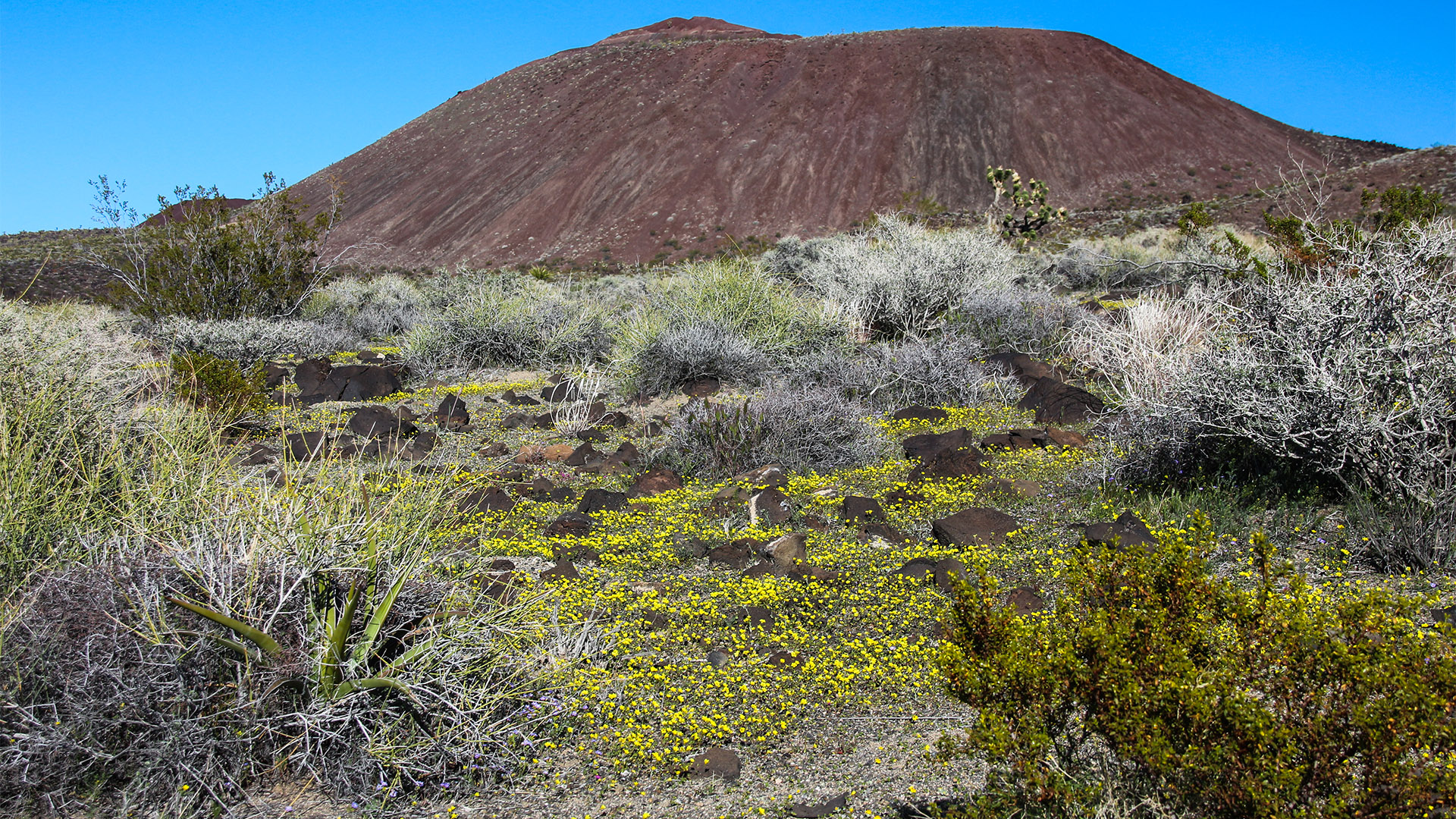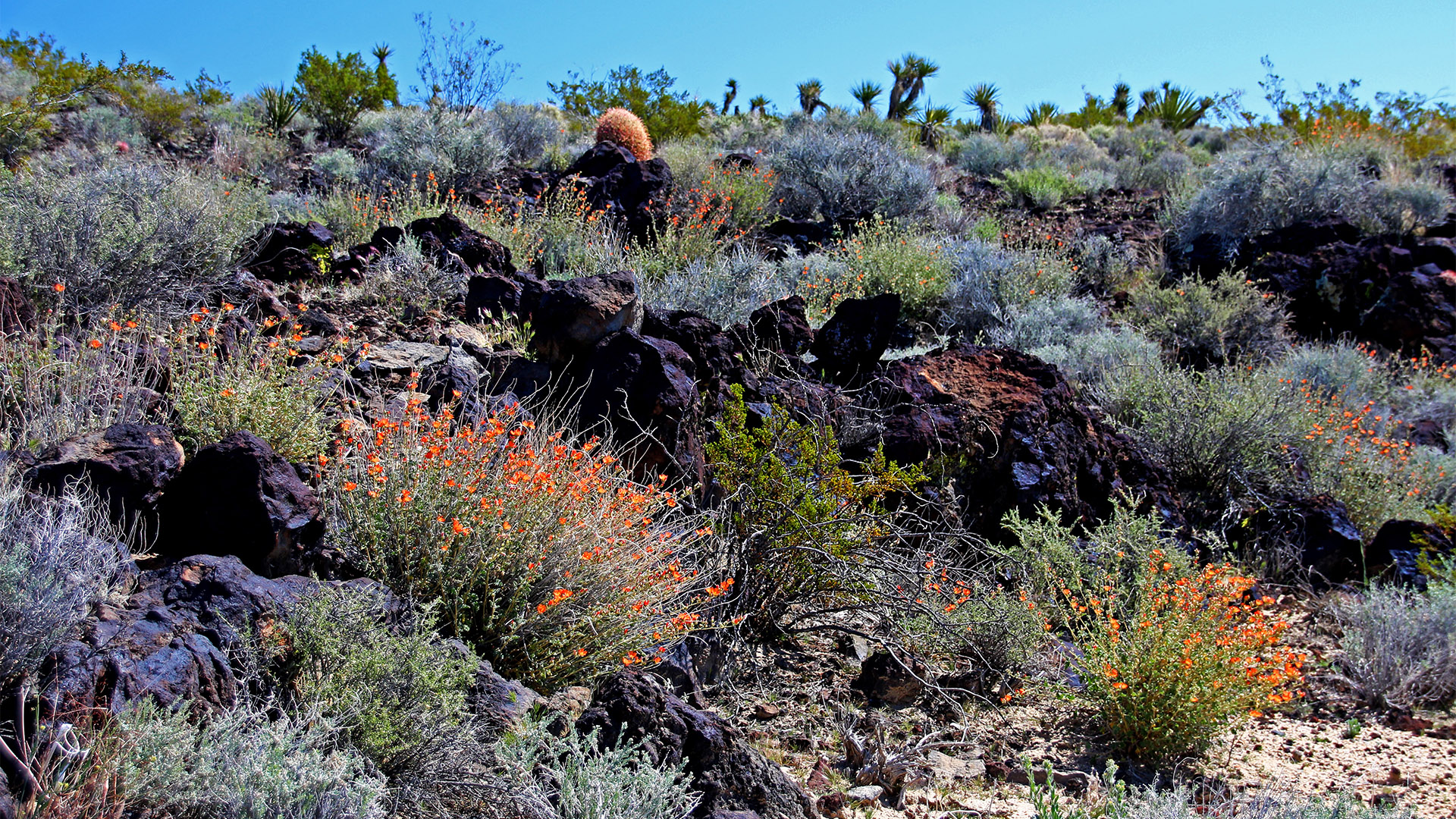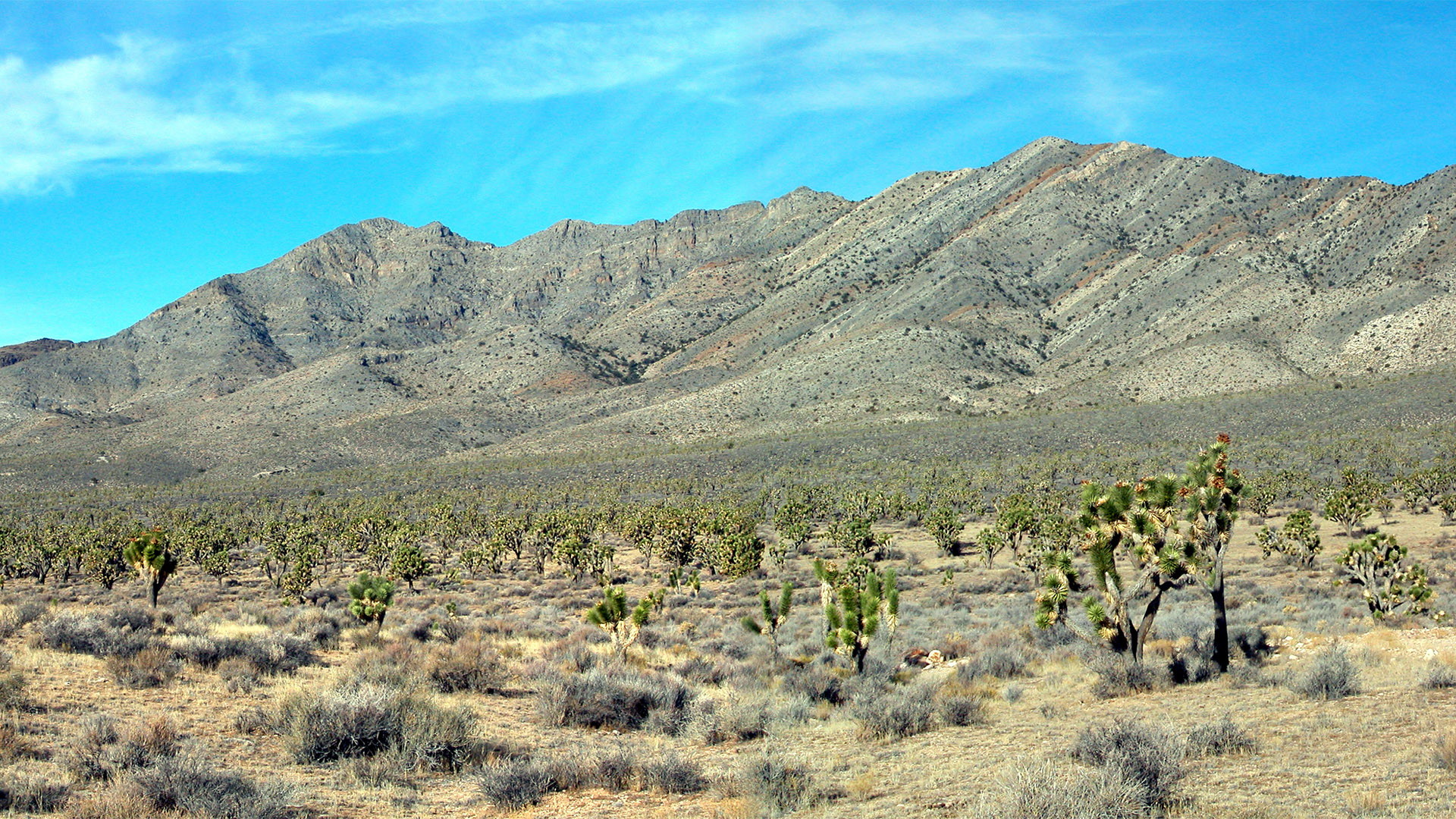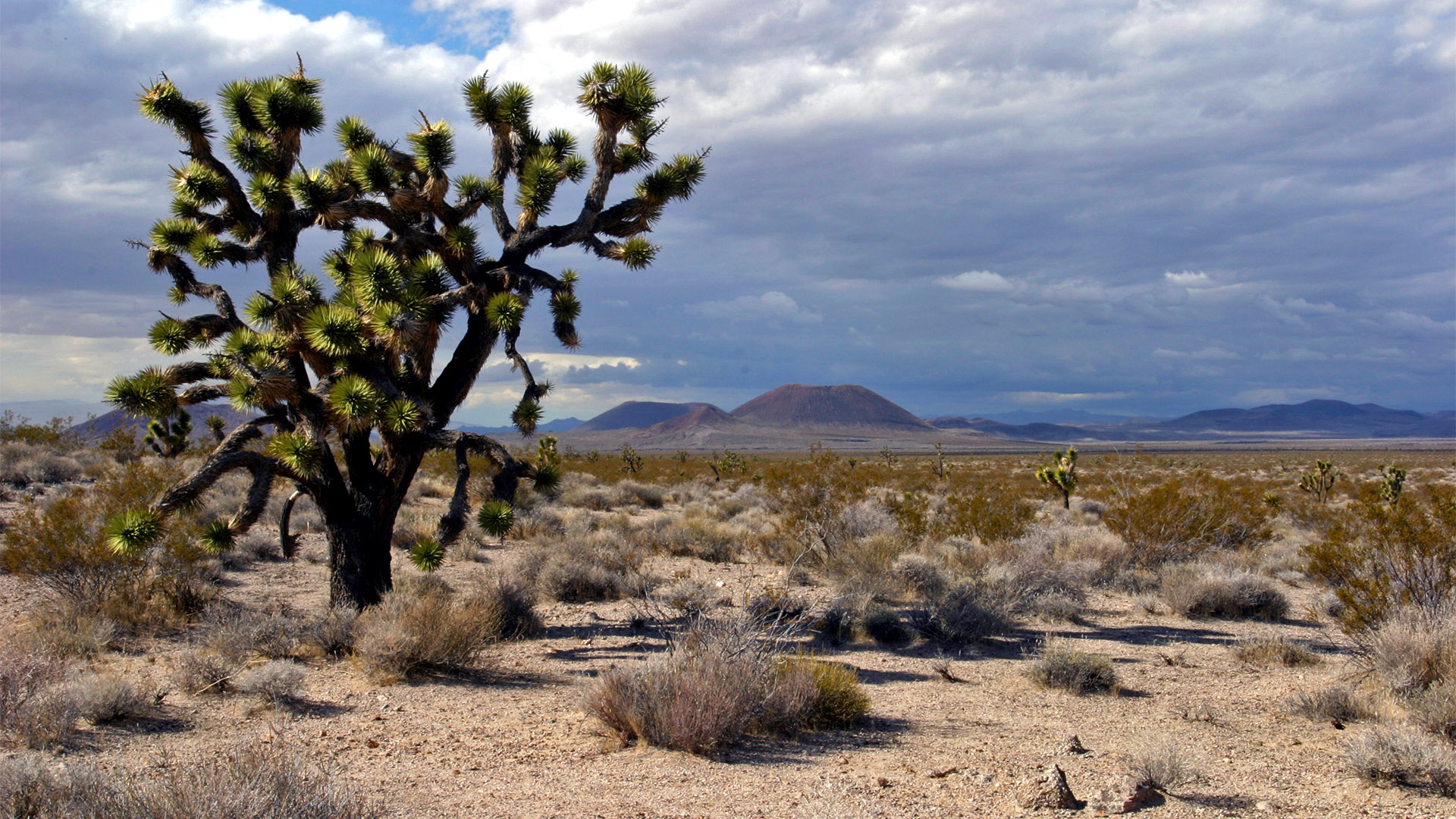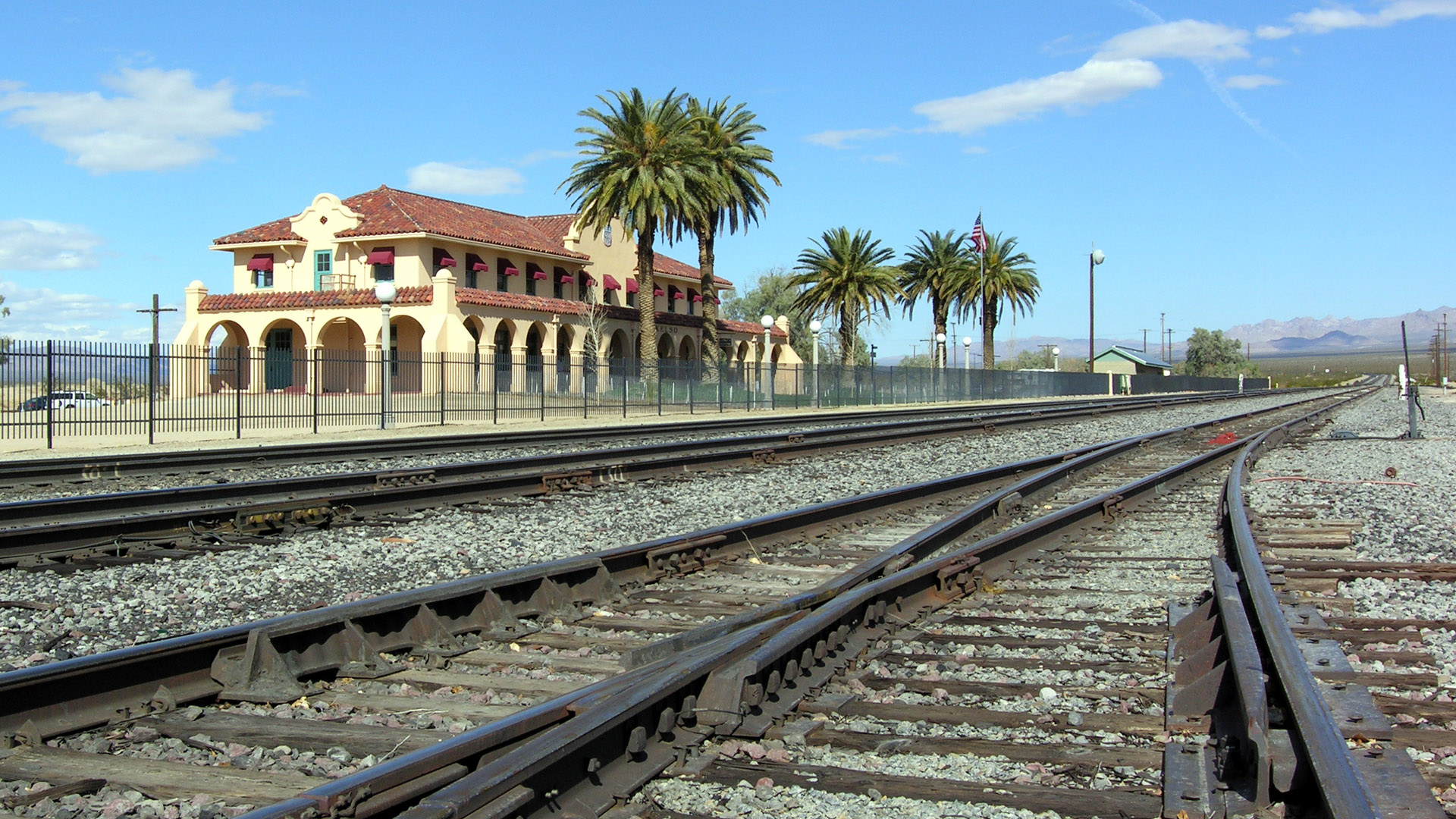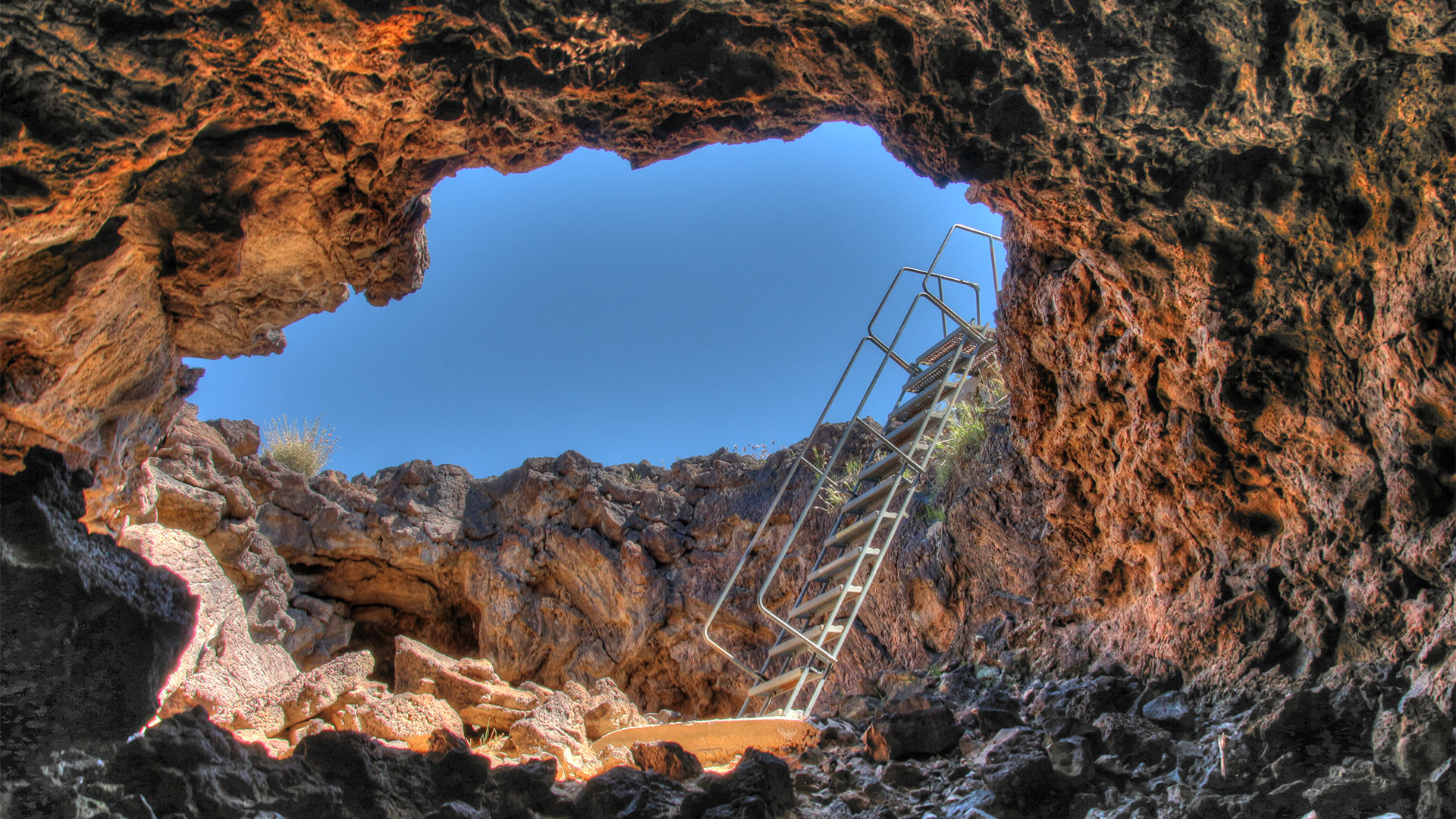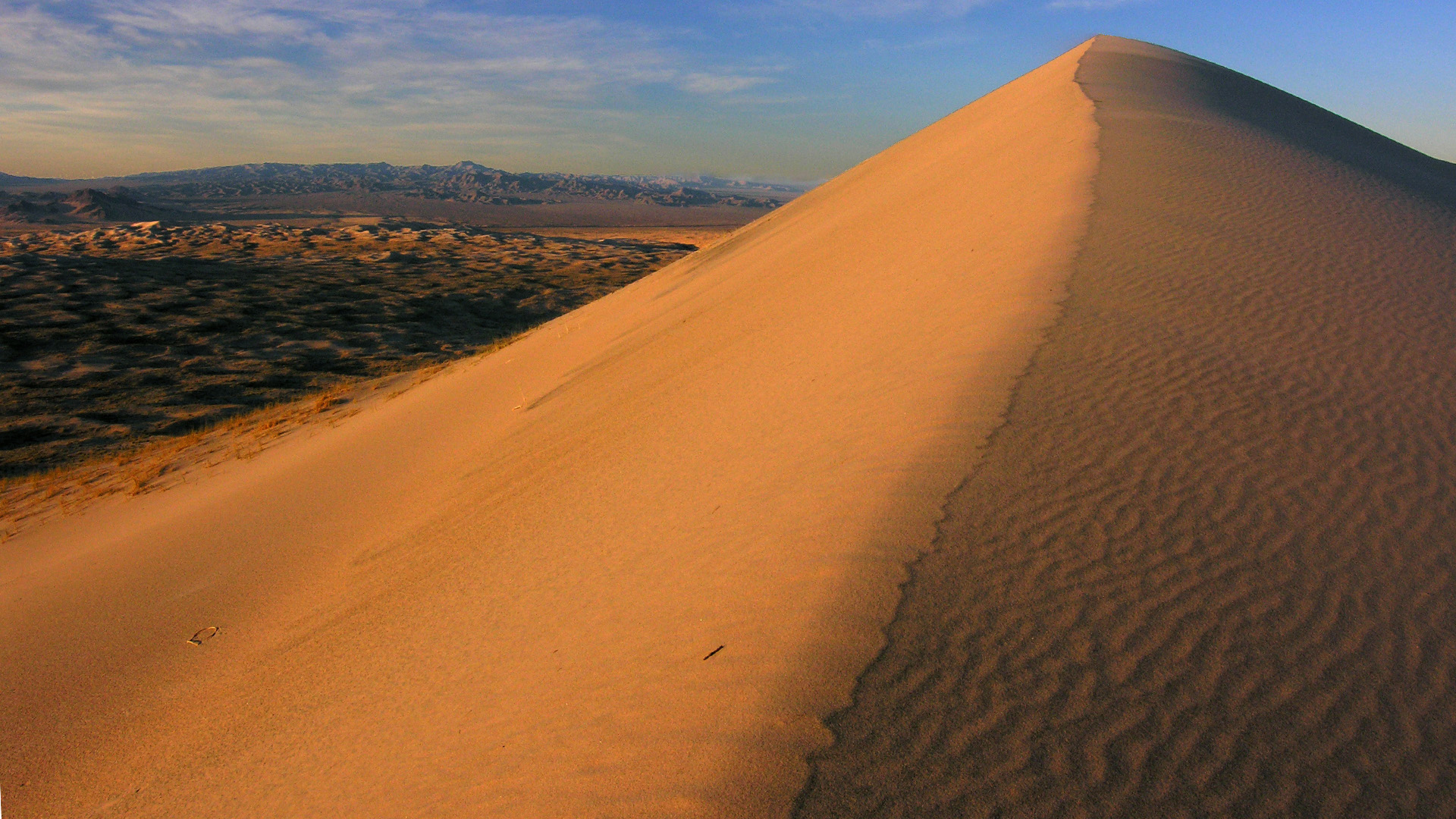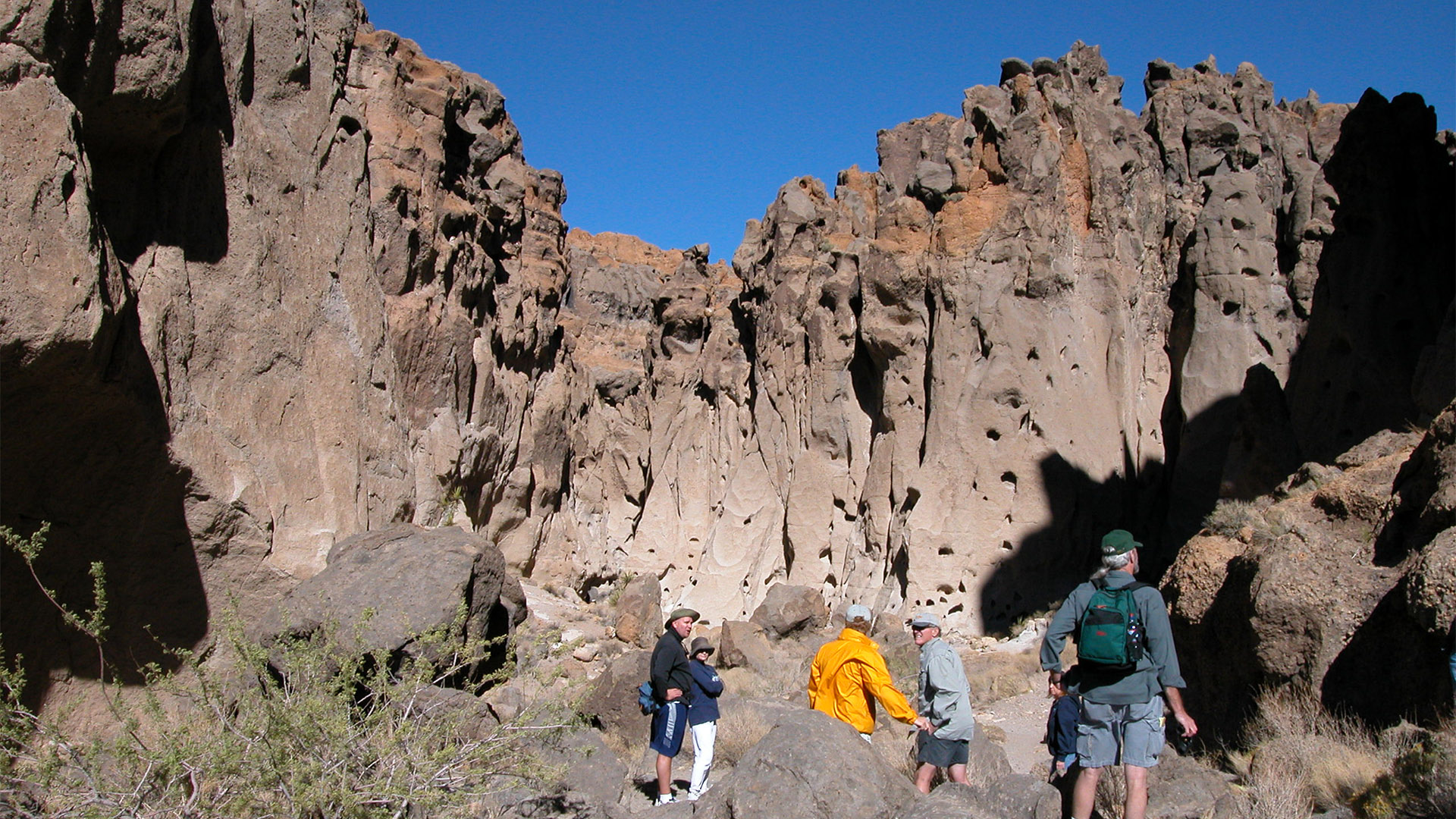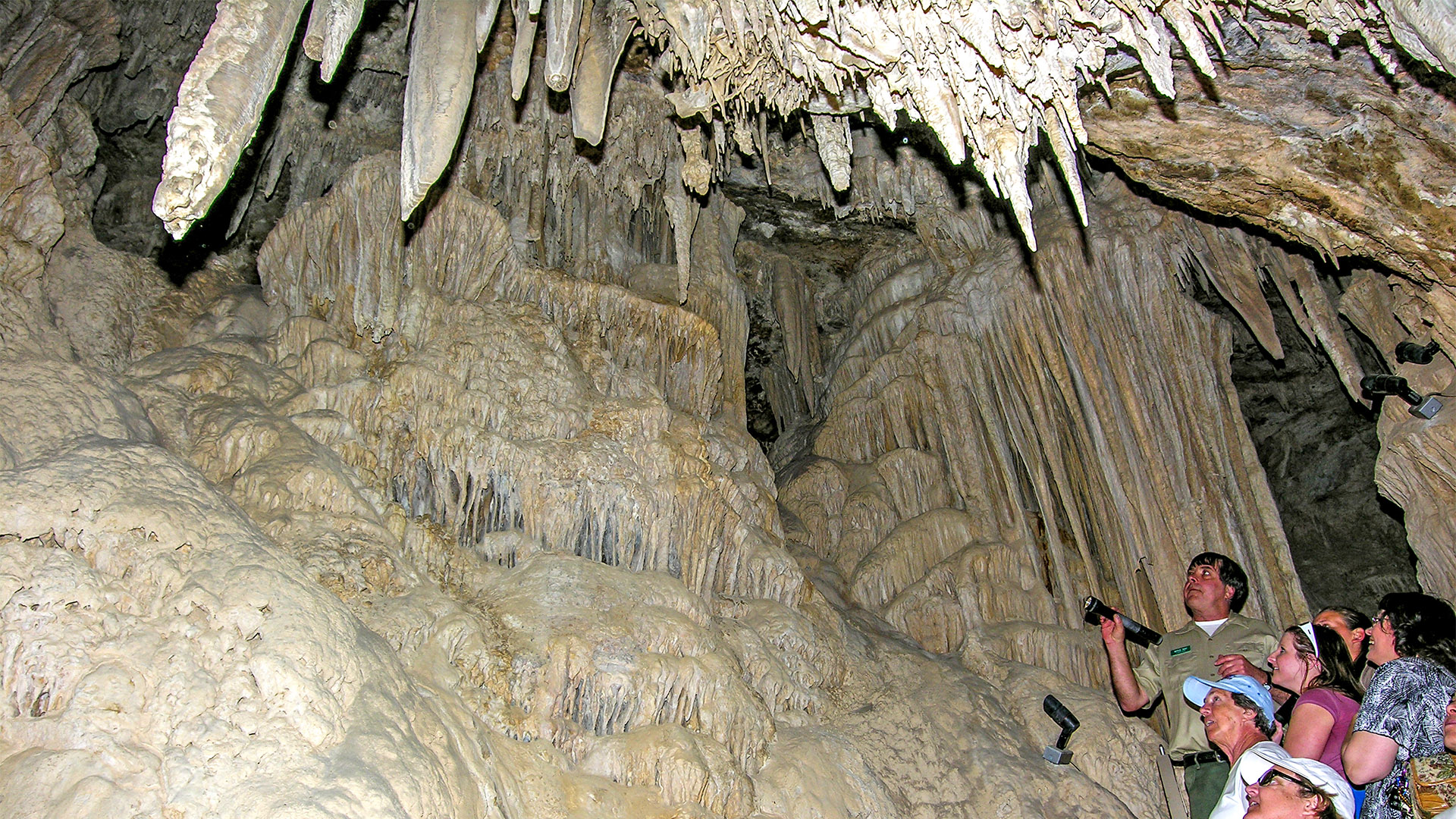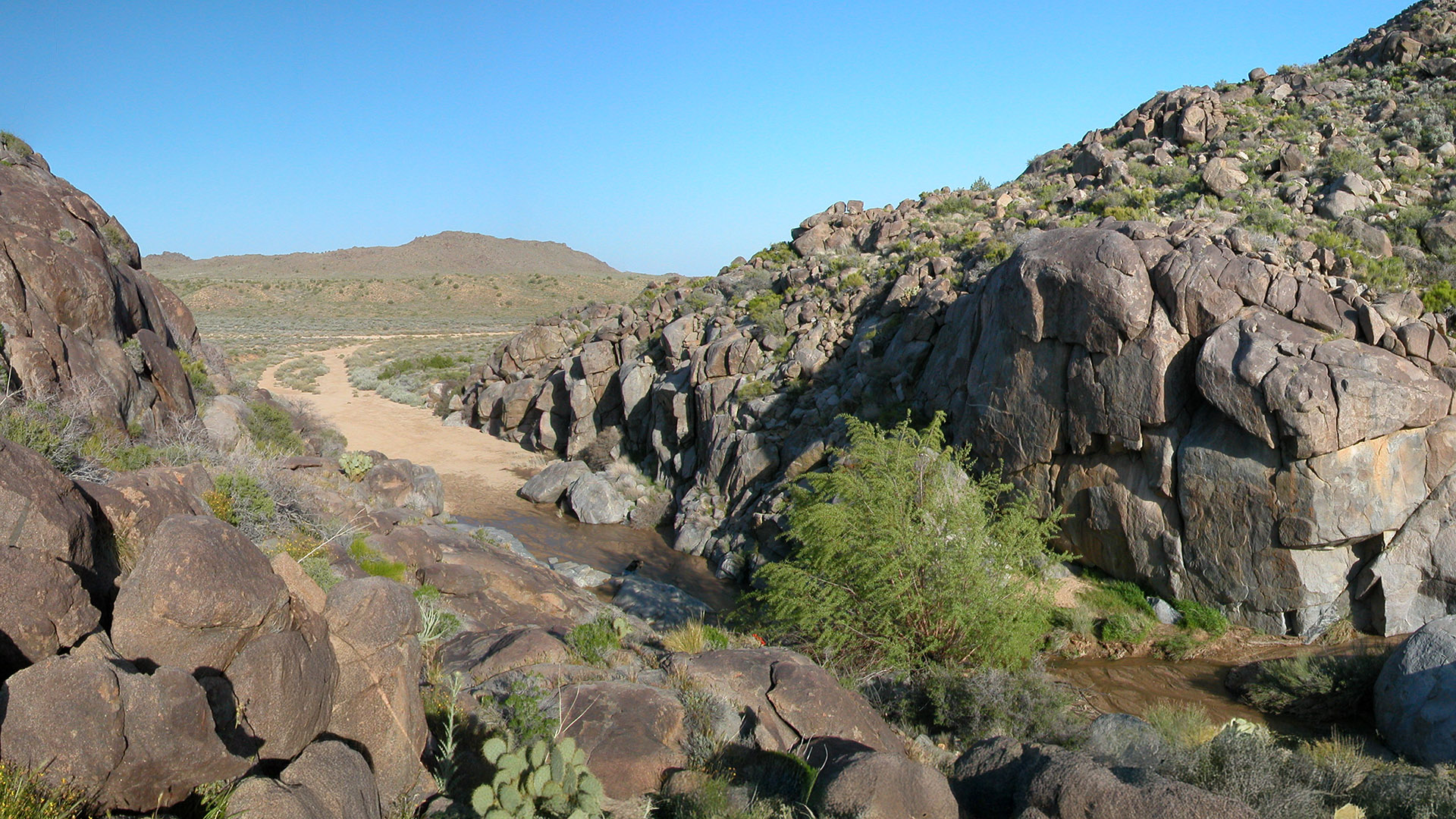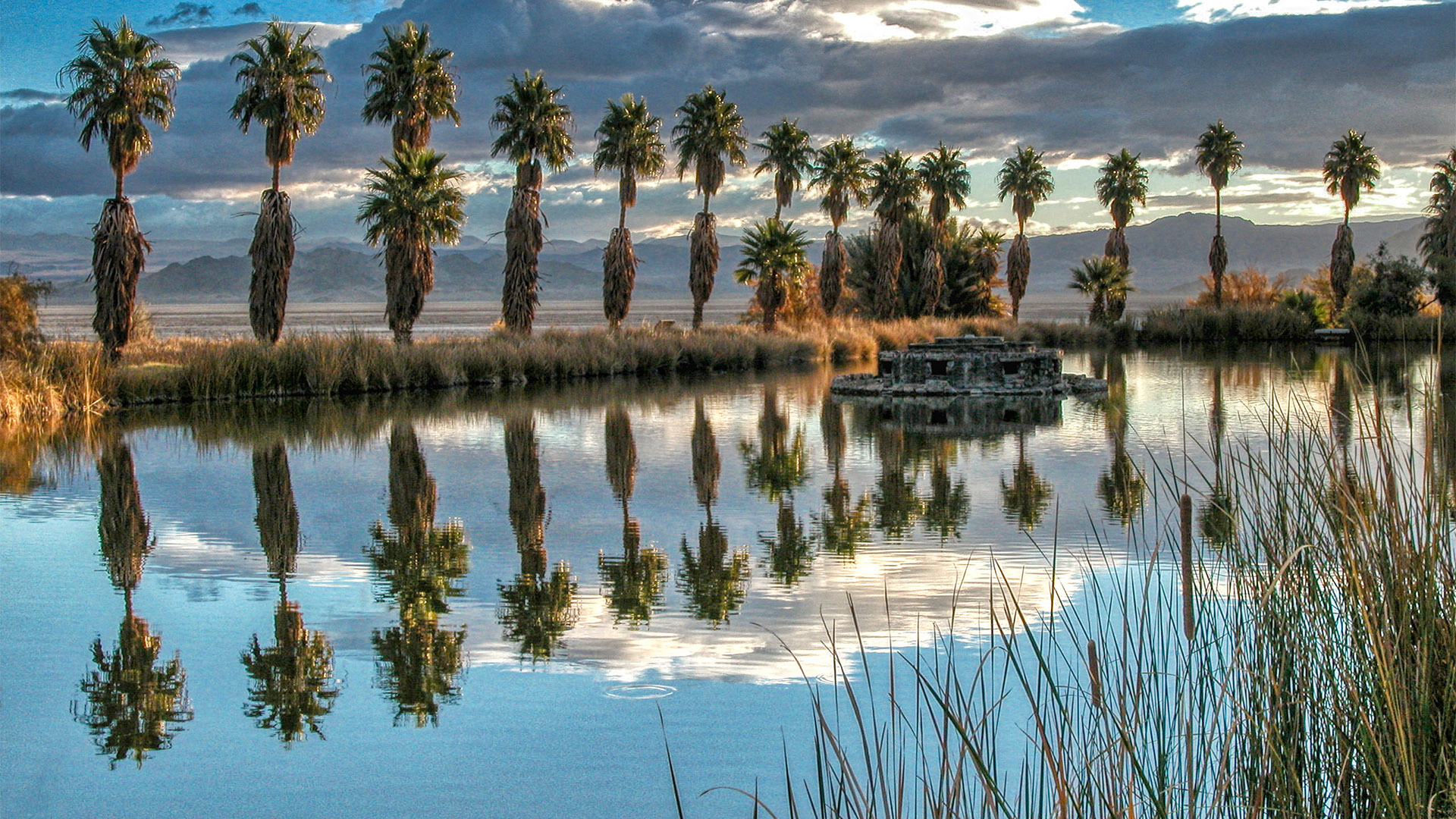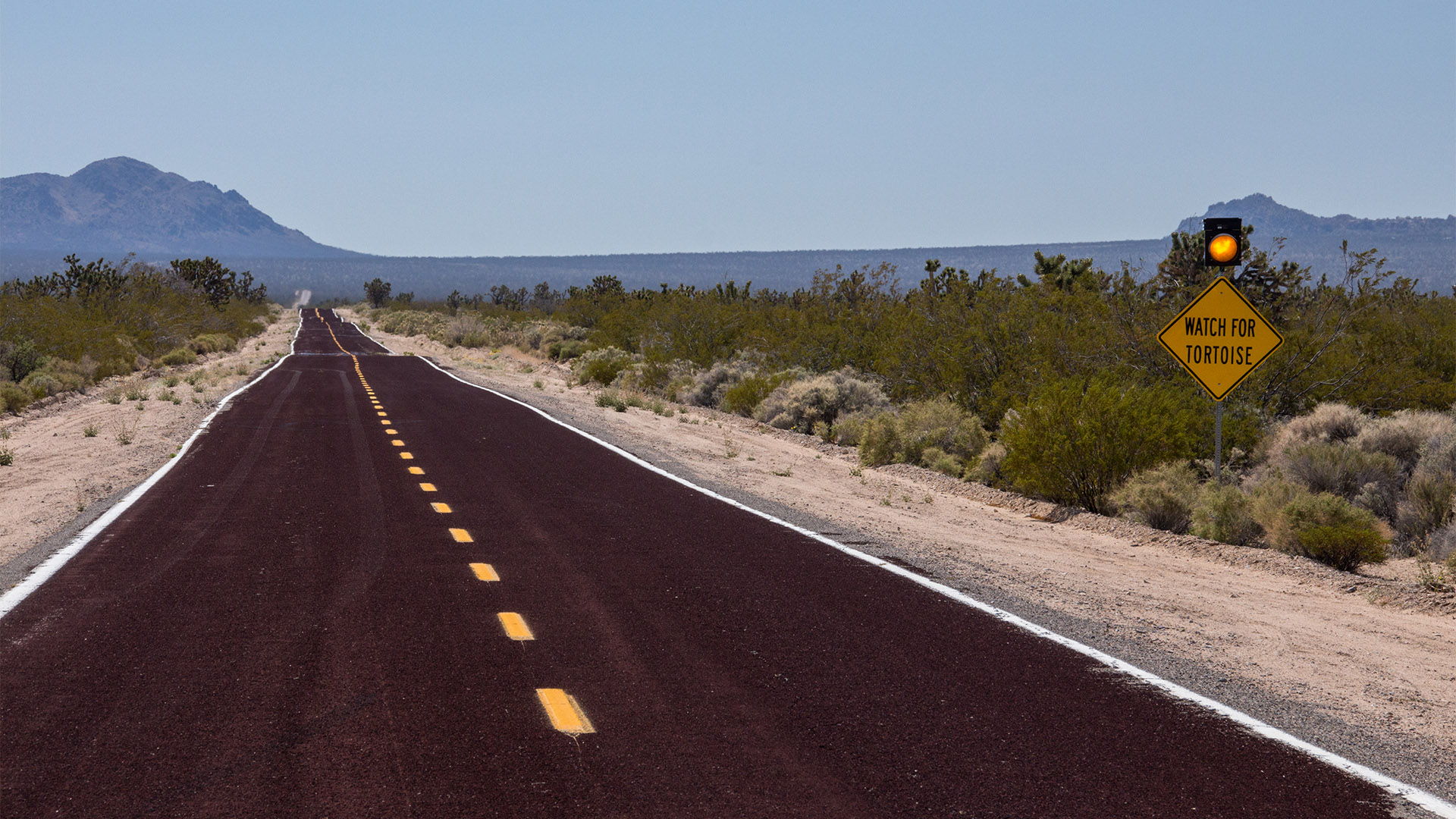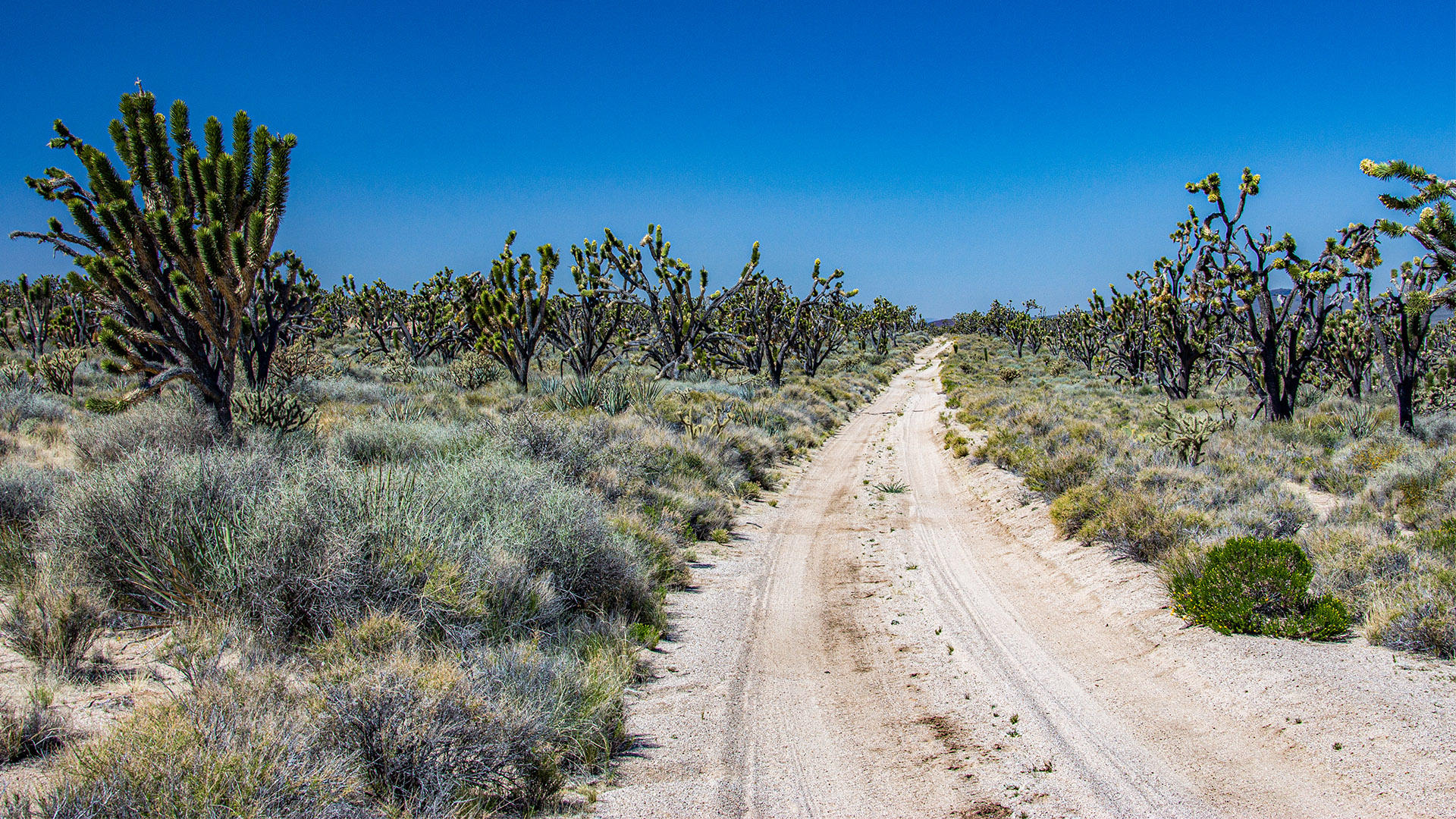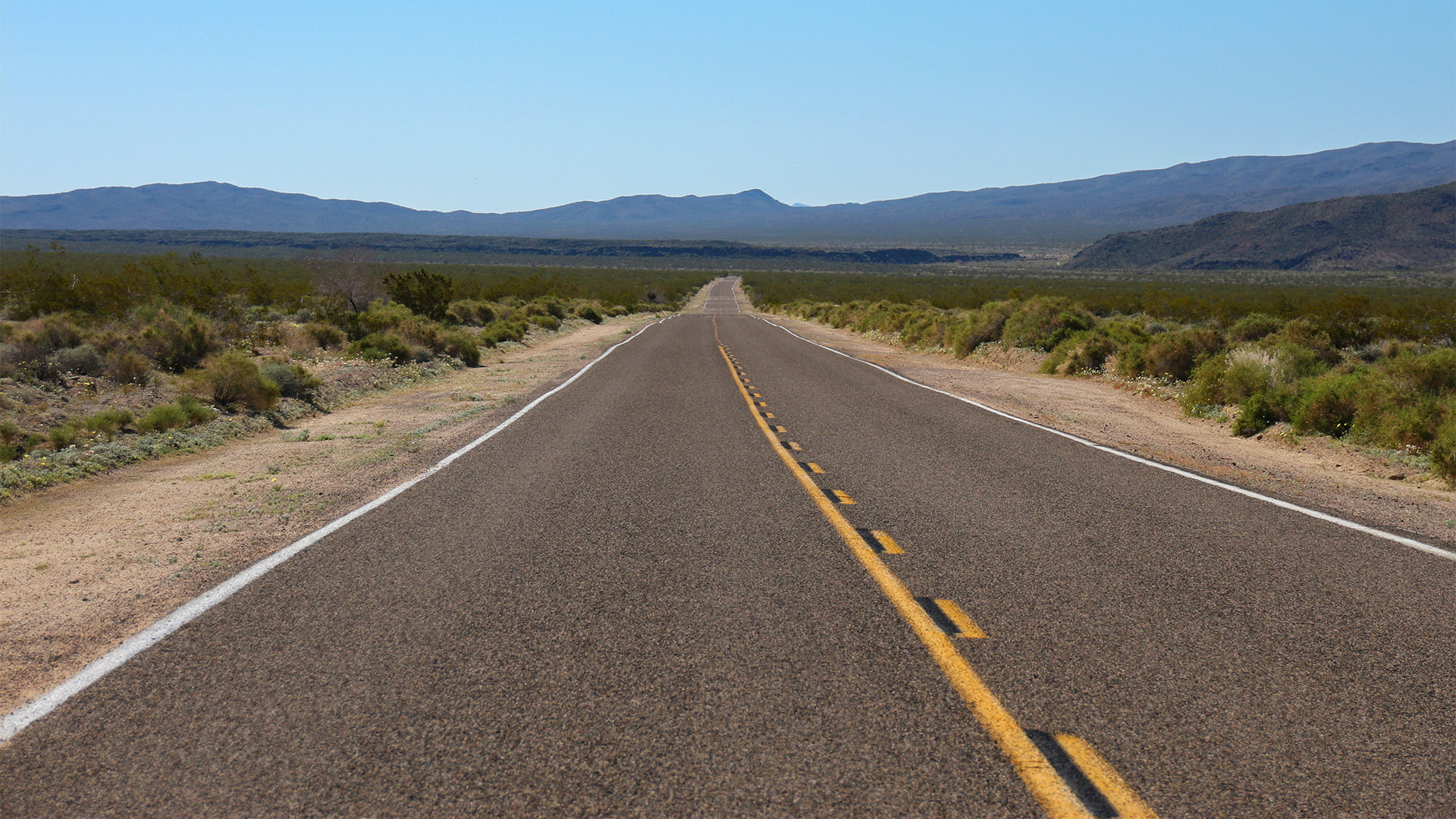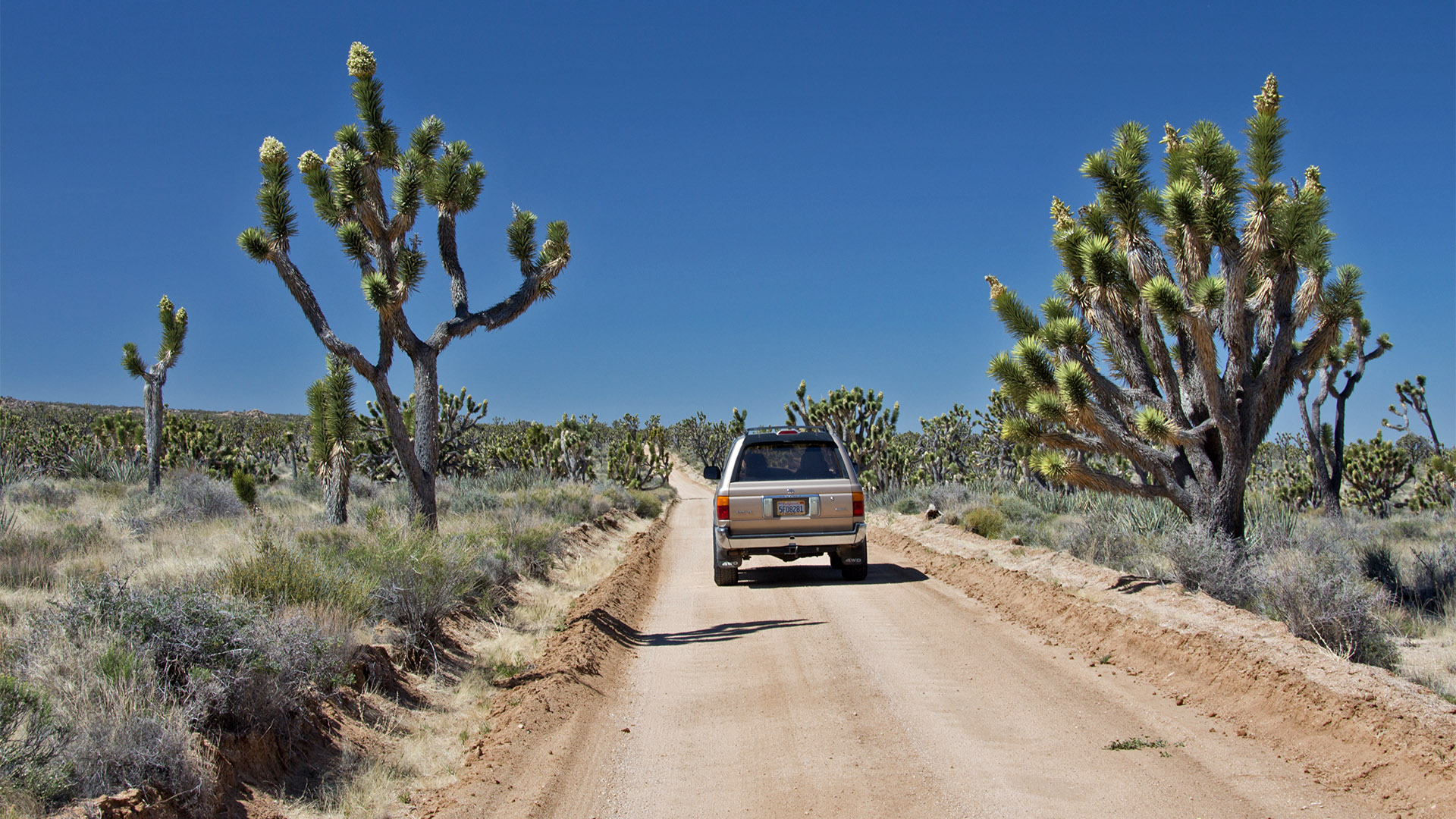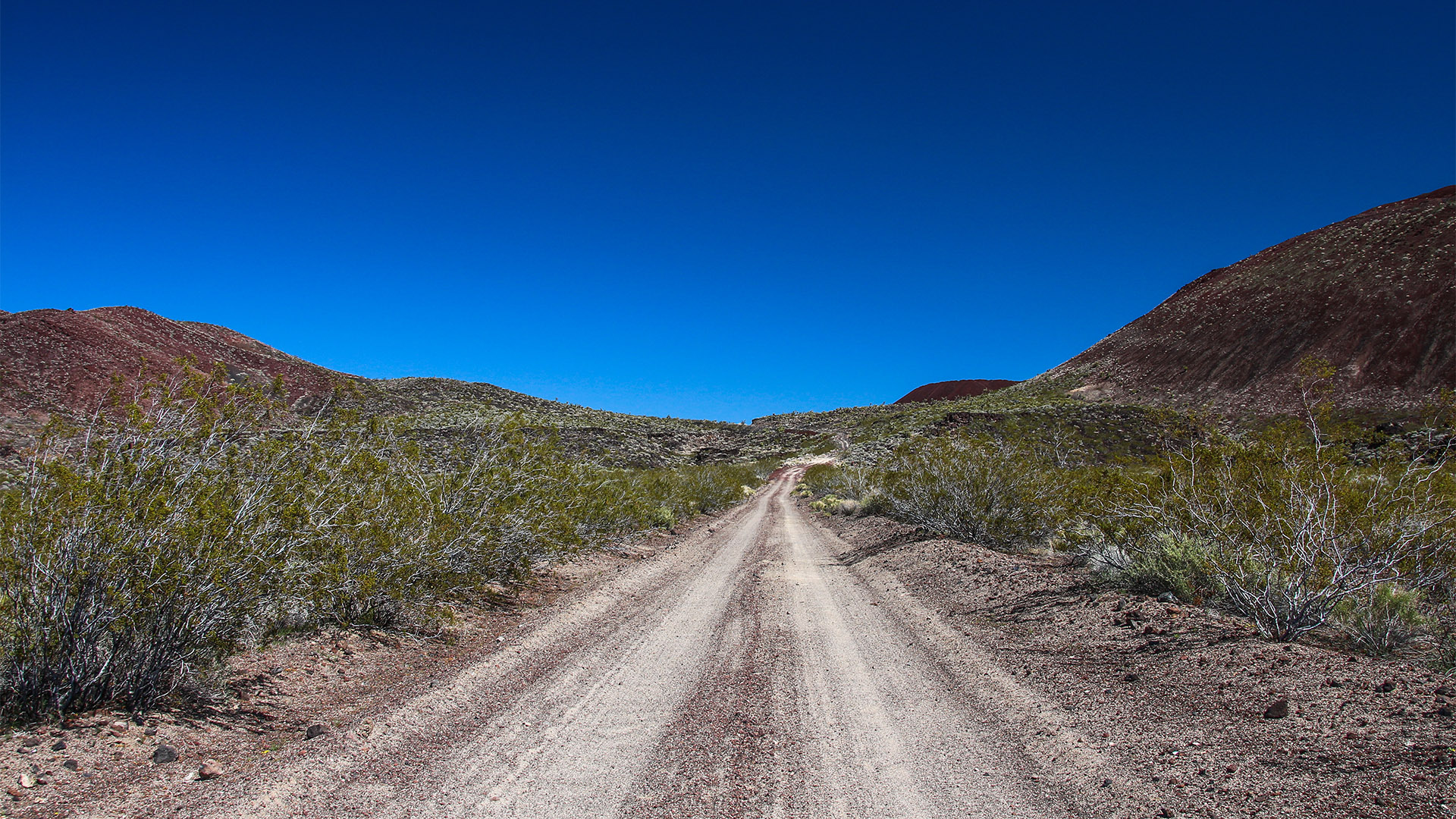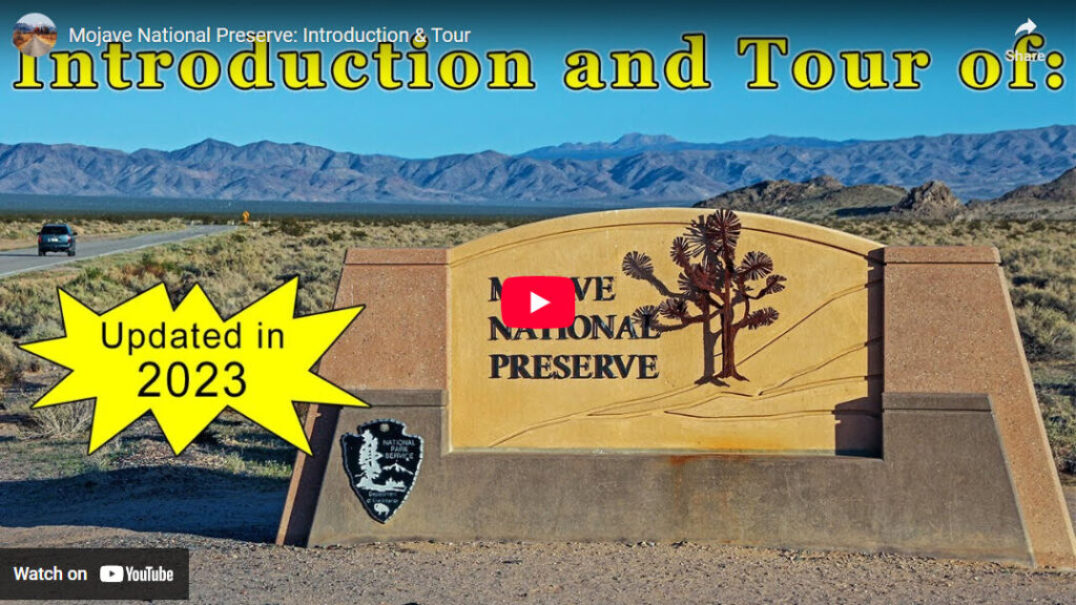Mojave National Preserve
As Route 66 meanders through the Mojave Desert, it passes within an hour’s detour of two national parks: Joshua Tree and Death Valley. Another “almost” national park, the Mojave National Preserve, butts right up against Route 66 and is another region where more exploring can be enjoyed. From Newberry Springs, it’s roughly a one hour drive to either the northern or southern section of the Preserve.

The Mojave National Preserve (MNP) was formed in 1994 by what is known as the Desert Protection Act. At approximately 1.6 million acres, it is one of the largest units of the National Park Service within the contiguous United States (right behind Death Valley and Yellowstone). It is roughly located between I-15 and I-40. Its western edge is situated roughly near Baker (north) and Ludlow (south), and extends almost to the Nevada/Arizona border.
There is a lot to explore in this large area and we hope that this article will spark your interest to learn more about it and take a trip out there to experience it for yourself. In addition to the vast amount of open, unspoiled desert landscapes, the Preserve has many unique things to see. It is a very special place.
Watch the virtual video tour below for a visual overview of what to see in the Mojave National Preserve.
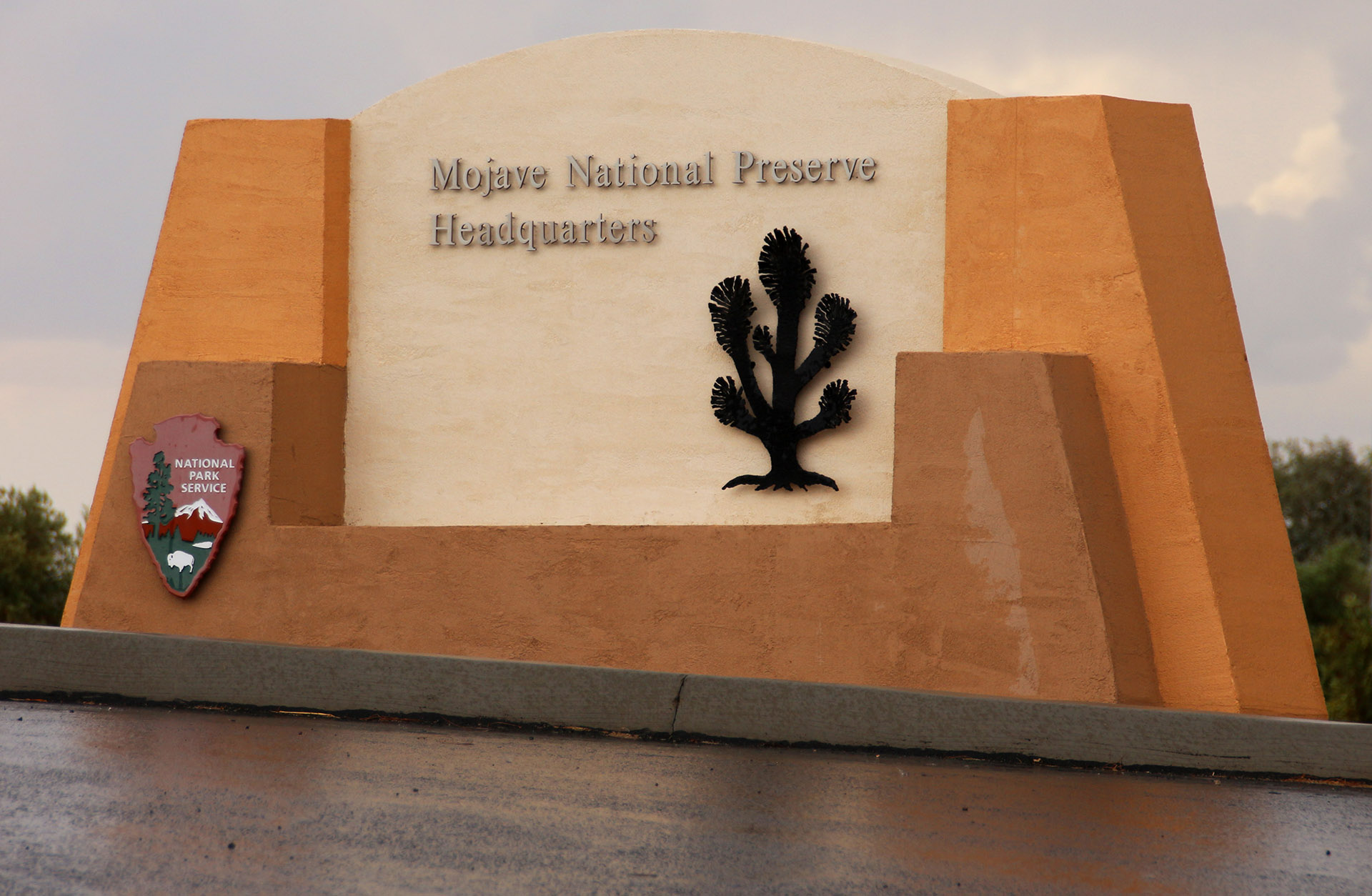
Why was the Preserve created?
The whole purpose of creating the Preserve was to protect and save a region of the unique Mojave Desert environment. The Mojave Desert covers a huge area of land and much of the western part of it has been permanently altered by commercial and military development. The almost untouched “East Mojave” (which the Preserve is located in) still had most of the diverse flora and fauna specific to the Mojave Desert, so it seemed logical to preserve this piece.
Good thing that decision was made because, in 2013, National Geographic Magazine rated the Mojave Desert as one of the top 100 places to visit in the world. Now, San Bernardino County has a world-renowned natural area that can be enjoyed for generations to come.
What is a National Preserve?
It is a bit confusing as to why the MNP is a National “Preserve” instead of a National “Park” but there is a clear distinction between the two. All land inside of a National Park must belong to the National Park system. It cannot be privately owned nor is any hunting or mining allowed.
When the Preserve was created, there were still many privately owned parcels of land within its boundaries. There were also active mining claims and hunting was allowed. Over time, these parcels are being purchased by the Park Service (as they become available and the Park Service can afford them) but the status of the Preserve cannot change until there is no more privately owned land, nor any mining or hunting interests. This will take some time.
What is there to see in the Preserve?
There is a lot of wide-open space and classic Mojave Desert scenery to see throughout the MNP. There are lots of dirt roads and places to hike. There are also plenty of unique things to see like cinder cones, abandoned mines, petroglyphs, diverse flora and much more. Although you might think you see a lot of the MNP while traveling on I-15 or I-40, there are so many hidden gems that you can only get to by getting off the freeways and onto the back roads.
Many of the highlights of the MNP can be accessed with an ordinary vehicle via a paved or easy dirt road. One of these places is the beautifully restored Kelso Depot which is also the MNP’s main Visitor Center. There is also a small Visitor Center at the MNP headquarters in Barstow. It’s always a good idea to stop in at a Visitor Center before exploring an area. Other places that you can get to with an ordinary vehicle are the Kelso Dunes, Hole-in-the-Wall, Mitchell Caverns, Rock Spring, Teutonia Peak hiking trail and Zzyzx.
What kind of vehicle do I need?
Several paved roads crisscross the MNP. Paved roads mostly go north-south. Well-maintained dirt roads go east-west. Either way, its best to have a reliable vehicle that you don’t mind getting a little dirty and have plenty of fuel.
More of the MNP can be seen using an SUV or truck. You don’t necessarily need 4WD but having it will expand your trip options. Having that high-clearance will give you access to the many dirt roads across the MNP that lead to places like the cinder cone field, Cow Cove petroglyphs, Caruthers Canyon, historic mines of the Ivanpah Mountains, the Mojave Road and many other places.
One easy introductory road trip through the MNP is via Kelbaker Road, mentioned earlier. Another easy road trip is via Cima Road off the I-15. It passes through the largest Joshua tree forest in the world and goes past the Mojave Cross (which has been in the news the past few years).
Examples of a few paved and dirt roads through the MNP:
Virtual Video Tour
Watch the video below to see an overview of places to visit in the Preserve.
Don’t miss these video tours from BackRoadsWest.com involving the Preserve:
» Aiken Mine Road: https://www.youtube.com/watch?v=VlAm65oFvHg
» Cima Road & Cima Dome: https://www.youtube.com/watch?v=U8btpbmC-_w

